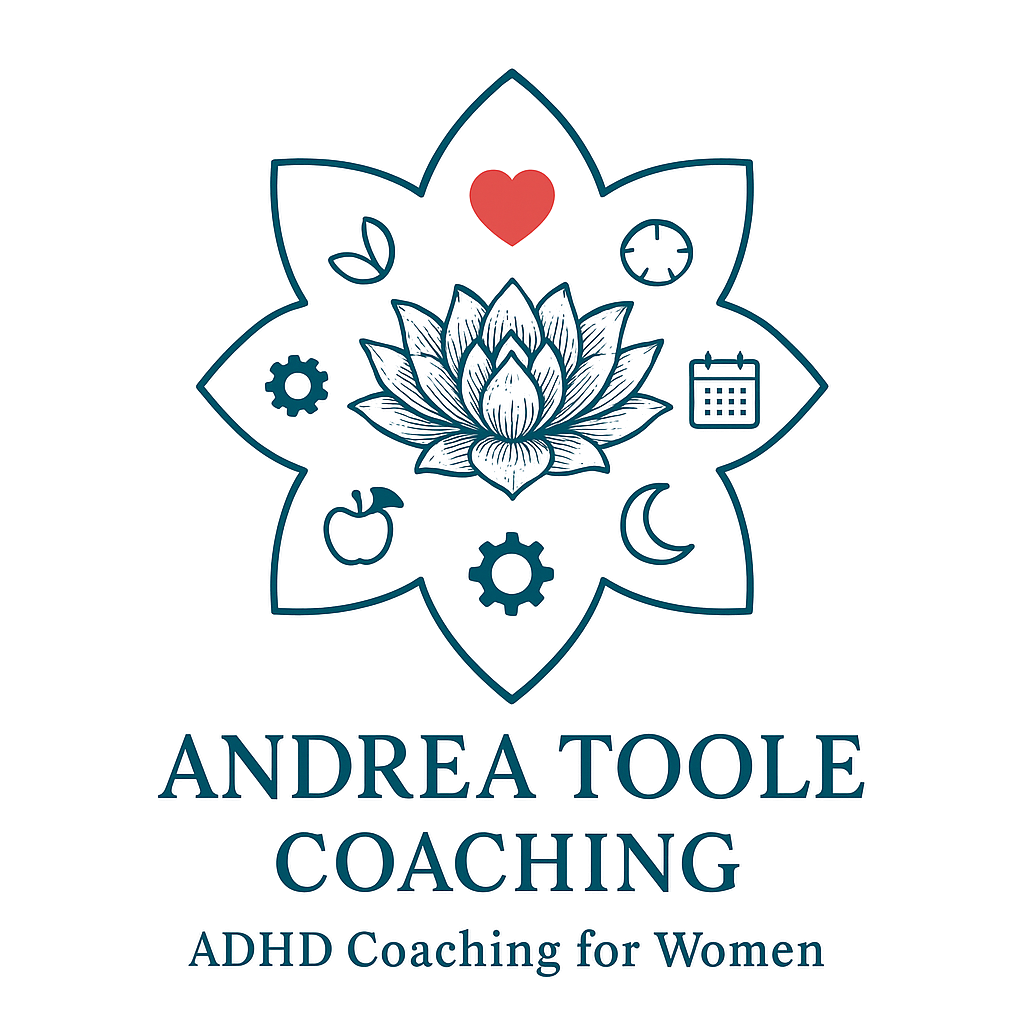How Do You ‘Just Do It’ If You Have ADHD? (Spoiler: You Don’t—You Strategize)
For a time, I regularly scrolled online forums such as Quora looking for questions about ADHD to answer and to see what people were asking about. Recently, I got an email notification that someone upvoted my answer to a question I answered four years ago. The question was this:
"How do you "just do it" if you have ADHD?"
When I clicked on the link to the discussion and read my answer, I was impressed by how good my answer was. It was well-written and concise. And this was long before I had ChatGPT to proofread my work. High fives to past me!
Here’s a blog-ified, expanded version.
How Do You Just Do It If You Have ADHD? You Don’t—You Strategize
”Just do it” is a catchy marketing slogan, but it’s not great advice for ADHD brains.
If you have ADHD, you already know the gap between knowing and doing can feel wide. It’s not that you don’t want to do the thing. It’s that your brain hits a wall—one made of friction, time blindness, and motivation that doesn’t respond to pressure.
But here’s the part no one tells you:
You can do it. Not by forcing your brain.. by working with it.
That’s where the distinction between your brain and your mind comes in.
🧠 Brain vs. Mind: The ADHD Edition
People use the words interchangeably, but I don’t.
Your brain is your neurobiology; your default wiring. It might be fast, glitchy, sensitive to dopamine, or inconsistent with attention. That’s not a flaw; it’s part of your makeup. Your brain is physical. It’s the cerebrum, cerebellum, and brainstem. It contains blood vessels and neurons. Weighing about 3 pounds in the average adult, the brain is about 60% fat. The remaining 40% is a combination of water, protein, carbohydrates and salts.
Your mind is your strategist. It’s the voice that can notice your patterns and create a workaround. It can develop tools and practices that help you do the thing, even when your brain doesn’t feel like cooperating.
When I can get my mind to collaborate with my brain, I win. Not because I “powered through,” but because I set the game up differently.
Start With Why
We don’t talk enough about motivation and reward. ADHD brains aren’t lazy. They’re interest-based.
Everyone has different types of motivation. Maybe you “just do it” because you need the job to get paid to afford to eat and keep a roof over your head. Maybe you “just do it” because there’s a cocktail at the end of it. Maybe you “just do it” because you want to feel you’ve won. Everyone has their “why,” and their “why” contributes to the “how.”
Maybe it’s because you want to prove to yourself you can.
Here’s mine: I started running again after two years off. Some days I want to stop halfway. But I keep going to prove to myself that I have mental stamina. That I follow through. That I’m stronger than the discomfort.
And when I’m procrastinating, I remind myself:
“You can do it. You’ve run that hill before.”
That motivation carries over into work, home, and everything else. Find your why and let it drive your how.
Your why can be tied to intrinsic motivation or extrinsic motivation.
I’ve encountered this concept twice in the past four years: First in my self-guided learning (my day-to-day reading), and recently in my life coach training.
Intrinsic motivation refers to engaging in behaviours because they are personally rewarding or enjoyable in themselves. When intrinsically motivated, people perform activities for the inherent satisfaction, rather than for a particular outcome.
Extrinsic motivation involves performing behaviours to earn external rewards or avoid punishments. The motivation comes from outside the individual, such as working for money, studying for grades, or exercising to receive praise.
The distinction between the two emerged primarily from Self-Determination Theory i the 1970s.
(Damn, me four years later thinks I should start running again. I get into it every 3-4 years and then stop.)
Routine, Rhythms, and Forgiveness
Routine doesn’t have to mean rigid schedules.
Here’s what’s worked for me and my ADHD clients:
Tackle the hardest task first - if you have the energy.
Or start small and build momentum if your brain prefers wins.
Work with your biorhythms. Morning people and night owls have different windows of energy and clarity. Track yours.
And - this part is vital - if it doesn’t go to plan, forgive yourself.
Start again. Reset without shame. That reset muscle is the skill to develop.
Bonus Strategy: Delegate
Is something draining your focus and not your zone of genius?
Delegate it. Offload it. Trade it. Consider the Eisenhower Matrix, which helps prioritize tasks based on urgency and importance. You can learn more about the Eisenhower Matrix in my Goal Setting Template (see the form below).
This isn’t laziness. You’re leveraging your energy for what matters most.
You Don’t Need More Pressure. You Need a Plan.
If you’ve outgrown hustle advice and are ready to work with your brain instead of against it, there’s a better way.
I work with fast-brained, high-functioning women who are smart, capable—and tired of doing it all alone.
If therapy gave you insight but not a plan, this is your next step. Together, we’ll identify what’s draining you, design realistic routines, and build ADHD-friendly systems that support the life you want.
Let’s build a strategy that fits your brain. One foot in front of the other.

